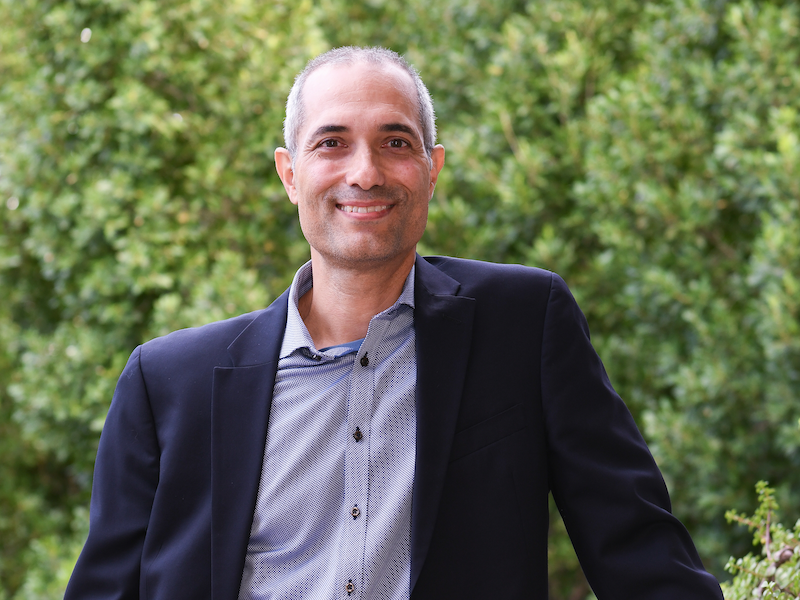
“There’s been some tremendous innovation in fixed income markets, especially in the last decade. Technology has made transparency and liquidity blossom in areas that have traditionally been very illiquid, such as high-yield,” said Paul Benson, head of efficient beta at Insight Investment, during a session at the Canadian Investment Review’s 2022 Investment Innovation Conference.
“Today, you can build and buy a portfolio of 1,000 high-yield bonds in an hour — and in a diversified manner. You can get what you want with the spreads. I mean, these are incredible advances that are making it possible for asset allocators to implement their decisions effectively.”
Read: Tactical fixed income strategies for managing risk during volatility
According to Benson, defined benefit pension plan sponsors and the broader institutional investment community could seek more from their fixed income portfolios by using these innovations effectively — especially when it comes to public high-yield bonds. “If you’re investing in high-yield and you’re getting nine per cent yield, you’re getting 500 basis points of spread.”
Institutional investors are quick to overestimate the risk of defaults, he said, noting that, while figures from rating agencies indicate that between four and five per cent of high-yield bonds will default, this doesn’t reflect the reality facing investors. “They’re not wrong, per se, but they’re not helpful because they don’t represent what institutional investors actually invest in. If you follow the diversified benchmarks that are market cap-weighted, . . . the average [default risk] since 2004 is about 1.6 per cent. Even if you take the worst five-year period of cumulative defaults since 2004, you see that they run . . . at around 2.1 per cent annualized.”
The unhelpful figures presented by rating agencies aren’t the only reason Benson gave for why institutional investors may be wary of the asset class. He said many have a fundamental misunderstanding of what happens when a default does occur. “Bonds are pretty high on the capital structure so you actually get some money back on top. Typically, in high-yield, the average has been about 47 percent recovery rate. You’re talking about 85 basis points of actual loss.”
The new innovations in the fixed income space make it easier to limit default risks even further through diversification, he added. “With the tools and technology available today, you can build a portfolio of 1,500 bonds regardless of whether you have $20 million in your portfolio or $2 billion in your portfolio.”
Read: Inflation driving interest in alternative fixed income: white paper
In addition, high-yield fixed income — for all its advantages in the economic climate of late 2022 — is being overlooked by many institutional investors, noted Benson. “The primary reason we’re here is because the market is jittery. We’ve undergone the biggest market repricing that most of us have seen in our careers and that means that a lot of stuff gets sold without a whole lot of thought behind it. High-yield sits on that efficient frontier, somewhere between equities and defensive fixed income.”
For some DB plan sponsors, taking advantage of its benefits isn’t possible, however keen they are about high-yield fixed, he added, noting poorly written governance rules often bar plan sponsors’ entry into the asset class.
“The marketplace is forced to sell these bonds when they get downgraded from investment grade to high-yield because of bad guidelines. . . . These guidelines were written by boards and say, ‘Thou shalt sell the bond when it goes from BBB- to BB+.'”
Read more coverage of the 2022 Investment Innovation Conference.
